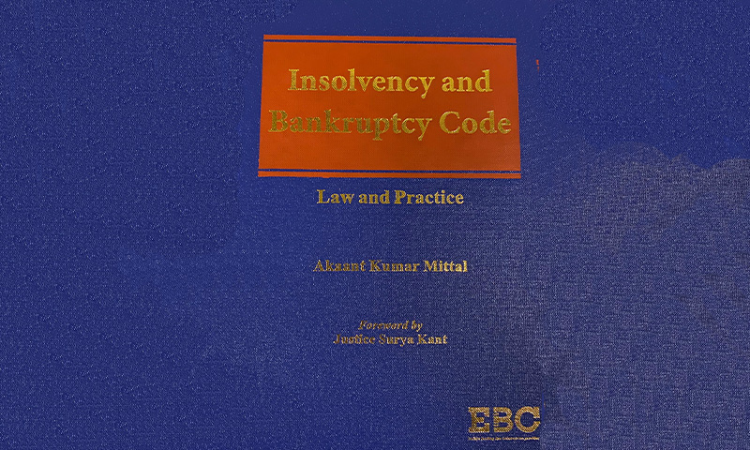"Book Review Of "Insolvency And Bankruptcy Code- Law And Practice"
LIVELAW NEWS NETWORK
29 Dec 2020 11:18 AM IST

Next Story
29 Dec 2020 11:18 AM IST
Writing a commentary on a law that is still growing at a pace faster than the fortunes of e-commerce businesses is, painful and challenging. The sheer volume of judgments from the Constitutional Courts and the National Company Law Appellate Tribunal and National Company Law Tribunals constitute the judicial side of the scheme of things under the Insolvency and Bankruptcy Code. Then there...
